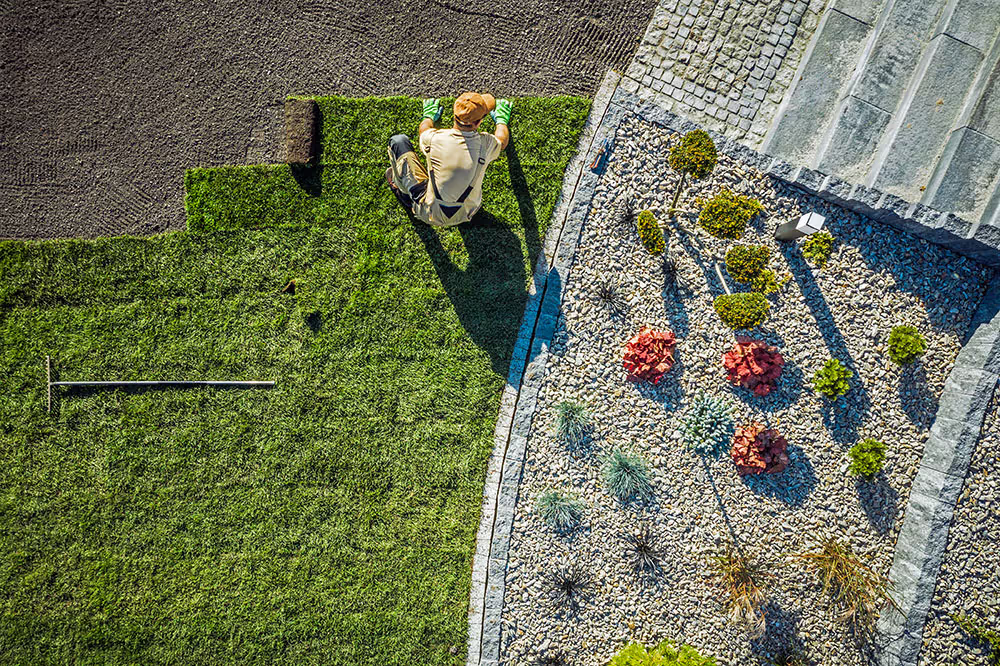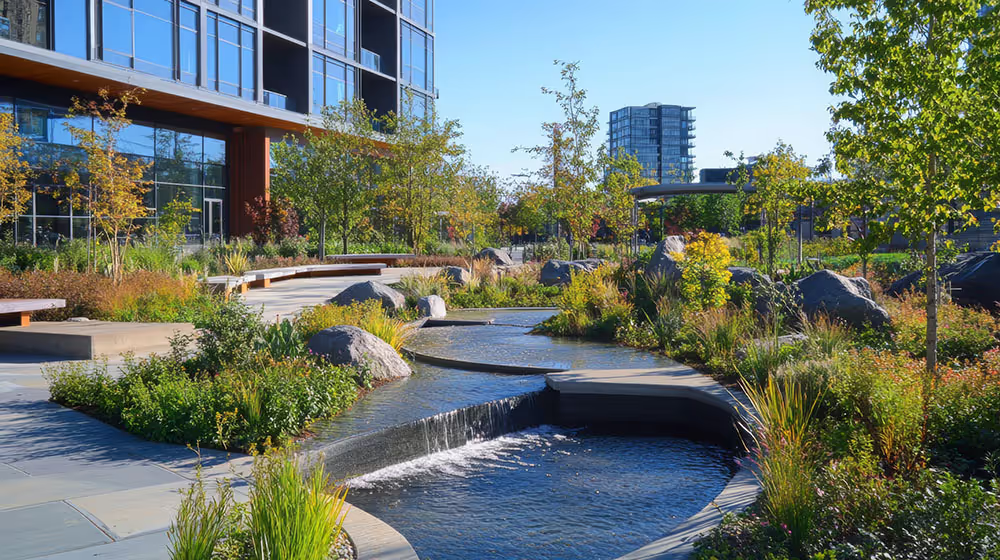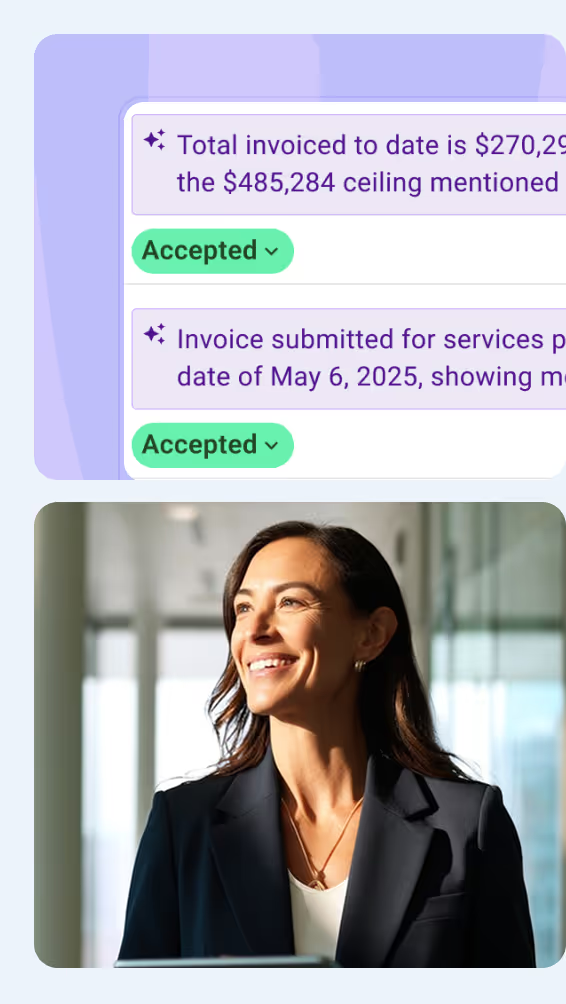Landscape project management is the process of delivering outdoor projects using effective construction project management methods. It involves managing scope, budget, schedule, quality, risks, and coordination across teams and trades.
This guide shows how to avoid delays, cost overruns, and design errors throughout the project lifecycle. It breaks down the steps needed to plan, track, and complete landscape construction projects with greater control.
What is Landscape Project Management in Construction Projects?
Landscape project management in construction is the process of planning, coordinating, and delivering landscape works in civil, commercial, or public infrastructure projects. It ensures parks, streetscapes, civic spaces, precincts, and public or private developments are built to meet project scope, schedule, budget, and compliance requirements.
Here’s what landscape project management typically involves on construction sites:
- Managing softscape elements, including planting, turf installation, garden beds, and soil conditioning.
- Overseeing hardscape projects, including retaining walls, pavers, edging, footpaths, and drainage systems.
- Coordinating outdoor lighting, irrigation, water features, and infrastructure layouts.
- Handling procurement, landscape contractor supervision, construction sequencing, and maintenance setup.
Landscape project management ensures that everyone is working on the same page, with a clear scope and schedule. It ensures that each trade and construction team knows what to do when to do it, and how to do it so the finished space looks and functions exactly as intended.
Who is Involved in Managing Landscape Construction Projects?
Landscape projects involve multiple teams working together to deliver a finished outdoor space. Each role is responsible for specific tasks and responsibilities throughout the construction process.
Here are the key people involved in landscape project management:
Each role mentioned in the table above is tied to a specific scope of work defined in the landscape plan and construction contract. Coordinating these roles ensures delivery is aligned with the landscaping project schedule, technical specifications, and budget.

Why Landscape Project Management Matters for Project Success
Landscape project management matters because outdoor work moves quickly and involves numerous moving aspects. Without clear control, tasks such as planting, paving, lighting, and irrigation can fall behind schedule or exceed budget.
Here’s why its important to have a landscape project manager:
- Coordinates softscape and hardscape work across trades, crews, and suppliers.
- Tracks scope, schedule, and risk across landscape construction packages.
- Uses forecasting and live cost tracking to prevent budget issues.
- Keeps teams aligned to the landscape plan, specs, and milestones.
Together with strong project controls, landscape project management keeps delivery on track. It helps drive better outcomes across every stage
How Do You Plan and Manage Landscape Construction Costs?
Project managers plan and manage landscape construction costs by tracking every cost item from the start of the project. This includes everything from planting and soil works to lighting, paving, and irrigation.
Here’s how to stay on top of landscape budgets from planning through delivery:
- Build cost estimates for turf, trees, edging, drainage, lighting, and irrigation systems.
- Add buffers for weather delays, material lead times, and delivery risks.
- Utilize cost-tracking software to track actual expenses, forecasts, and approvals.
- Finalize specifications and quantities early to avoid last-minute variations or unexpected cost increases.
Landscape project managers avoid overruns by confirming scope, pricing, and project timelines before commencing site work. Ongoing cost reviews keep budgets aligned with real-time progress and approved changes.

How to Manage a Landscape Project in Construction
You manage a landscape project by planning the scope, setting the budget, managing risks, and coordinating delivery. Effective landscaping project management ensures on-time results, meets client expectations, and promotes long-term use of the project.
These steps help project teams deliver professional landscape project management services across public and private works:
1. Plan the Scope and Assess Site Conditions
Define what the landscape must deliver and how the site limits or supports that. This ensures the scope aligns with budget, design intent, and delivery constraints.
- Inspect topography, vegetation, soil, access, drainage, and natural features.
- Identify overlays, permit triggers, easements, and zoning controls.
- Confirm scope feasibility with the landscape architect and engineering consultants.
A clear scope sets expectations and reduces costly revisions later. It also helps consultants design to what the site and client actually require.
2. Set the Budget and Resource Plan
Build a landscape budget that reflects the real cost of scope delivery. Resource planning should account for crews, materials, and schedule logic.
- Estimate softscape, hardscape, lighting, irrigation, and urban furniture.
- Include buffers for access constraints, delays, or seasonal factors.
- Assign internal resources and external contractors to program needs.
Good budgeting improves tender accuracy and gives owners better visibility. It also prevents underresourcing, which leads to delays or quality trade-offs.
3. Manage Risk and Project Controls
Landscape works carry risk due to weather, lead times, and sequencing complexity. Project managers must track changes and resolve issues early.
- Track program, cost, RFIs, and progress using site reporting tools.
- Manage design signoffs, changes, and approvals across multiple stakeholders.
- Monitor contractor performance and flag access, safety, or resourcing risks.
Risk visibility supports faster decisions and fewer budget impacts. Strong project controls keep delivery accountable and adaptable.
4. Coordinate Construction and Supervise Delivery
Lead contractors, control sequencing, and maintain momentum through construction to handover. Coordination is where landscape projects often succeed or slip.
- Sequence softscape and hardscape to avoid rework or site clashes.
- Supervise daily works: planting, paving, turfing, lighting, and irrigation.
- Inspect quality, confirm specs, and walk through for client signoff.
Effective coordination brings all trades into alignment. It ensures the landscape is delivered exactly as planned, ready for use and maintenance.
Landscape Project Challenges and Solutions
Landscape construction projects often encounter issues such as delays, plant loss, and unclear scope changes. These problems slow down progress, increase costs, and affect final quality.
Here’s a breakdown of the most common challenges, with solutions and smart landscape project management practices that keep things on track:
Strong landscape project management planning and early risk tracking prevent scope, budget, and timeline blowouts. Centralizing tasks and updates keeps crews, suppliers, and consultants moving together.

What Tools and Software are Used in Landscape Project Management?
Landscape project management uses software to plan schedules, track budgets, and manage risks. These tools help teams coordinate construction tasks and deliver landscape works effectively.
Here are the top tools used in managing landscape construction projects:
- Mastt: Track live costs, manage risk registers, log approvals, and centralize landscaping project reporting.
- Primavera / MS Project: Schedule key milestones, assign tasks, and monitor the critical path in real-time.
- GIS and BIM Platforms: Map site layouts, detect clashes, and integrate spatial data with landscape designs.
- Mobile Field Apps: Capture site photos, log defects, send updates, and complete daily reports from the field.
These platforms give landscaping project managers and consultants the visibility they need to keep landscape delivery on track. They support faster decision-making, reduce errors, and improve design team coordination. They also enhance visibility, minimize delays, and foster improved business outcomes.
How Mastt Supports Landscape Project Delivery at Scale
Mastt provides project managers with complete visibility over landscape construction projects, offering live data on cost, risk, and timelines. It centralizes landscape project management workflows, enabling teams to deliver outdoor work on time and within budget.
Here’s how Mastt supports complex landscape project delivery in construction:
- Live Landscape Budget Tracking: Track softscape and hardscape costs, forecasts, and variations across all landscape packages.
- Risk Monitoring for Landscape Construction Projects: Flag delays, weather issues, scope creep, and plant or material shortages in real-time.
- Centralized Communication Across Stakeholders: Keep project owners, landscape architects, contractors, and consultants aligned with shared updates and approvals.
- Fast Setup for Repeatable Landscape Programs: Utilize pre-built project templates to launch streetscapes, parks, or civic landscape projects more efficiently.
- Portfolio-Level Landscape Project Management: Manage multiple outdoor construction projects across sites, regions, or asset programs from one platform.
Mastt helps landscaping project teams streamline and control landscape delivery with fewer delays and less manual work. It keeps every stage, from planning to handover, on track using live data and project dashboard software.
Delivering Successful Landscape Project Management at Every Stage
Landscape project management ensures that outdoor construction projects are completed on time, on budget, and within scope. It helps teams manage contractors, costs, risks, and milestones across softscape and hardscape works.
With the right tools and software, landscape project managers can effectively track progress, minimize rework, and safeguard long-term asset performance. A structured process, real-time data, and clear coordination make successful landscape delivery possible.













